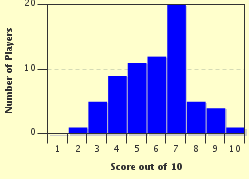Quiz Answer Key and Fun Facts
1. Everyone is Australia knows where the the Bush is. Where does it start?
2. OK, so now that we have defined "the Bush", where is the Outback?
3. Another place you will not find on an Australian map is the Top End yet most Australians know where it is. Where is the Top End?
4. The Red Centre is the southern portion of the Northern territory centred around the town of Alice Springs, but the region spreads into neighbouring states, western Queensland, northern South Australia and eastern Western Australia. Why is it called the Red Centre?
5. The Never Never is a term synonymous with the Outback. Where is the origin of the term in this context?
6. In Queensland, there are plenty of references to "Mexicans"; however Queensland does not have a significant Latin American population. Neither does it have a large immigration program with Mexico. From where do these "Mexicans" originate?
7. True or false: Woop-Woop means a small town in the outback.
8. In Australia, a field is called a paddock. Often when you are on cattle stations in outback Australia, you will hear cattle being taken to the Long Paddock. Where is the the Long Paddock?
9. The bush is not a uniquely Australian term. The term is used in other places as well. Which ones?
10. There are many words and terms for the bush and the outback.
True or False "The Black Stump" definitively describes the point at which the bush stops and the outback begins.
Source: Author
1nn1
This quiz was reviewed by FunTrivia editor
agony before going online.
Any errors found in FunTrivia content are routinely corrected through our feedback system.

